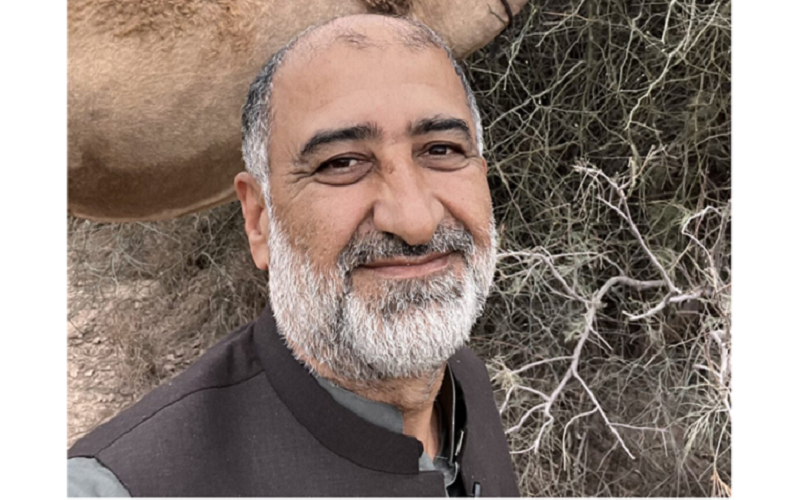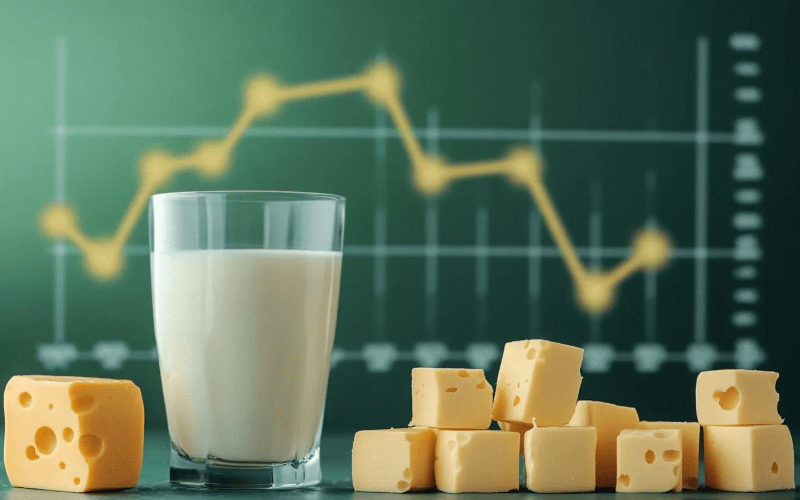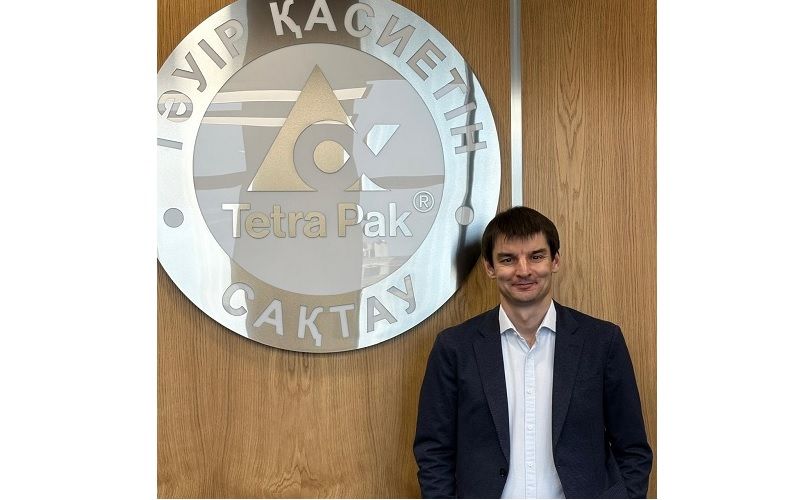The Dromedary Camel: A Keystone Species for Desert Revitalization and Sustainable Development

This article reexamines the multi-faceted role of the dromedary camel and advocates its integration into conservation strategies, climate adaptation plans, and sustainable development policies—especially in an era marked by rapid climate change. Policymakers, researchers, and practitioners are encouraged to harness camel-based solutions as a cornerstone of food security and environmental restoration.
1. Introduction
Covering roughly one-third of the Earth’s surface, desert ecosystems harbor unique flora and fauna adapted to extreme conditions. The dromedary camel, celebrated for its exceptional adaptations to arid environments, plays a crucial role in sustaining these ecosystems. Historically essential for human transport and sustenance, camels are now recognized for their underappreciated function as ecosystem engineers. By regulating plant growth, enhancing soil health, and contributing to carbon storage, they help mitigate desertification and promote climate resilience. Drawing on updated insights fr om platforms such as arkbiodiv.com and camel4all.info, this paper explores how dromedaries can be central to sustainable development and food security strategies in arid and semi-arid regions.
2. The Dromedary Camel as an Ecosystem Engineer
Dromedary camels exhibit a unique grazing behavior that maintains balanced plant communities and prevents overgrazing. By selectively browsing on hardy desert vegetation—including thorny and drought-resistant species—camels stimulate natural plant regeneration. Their feeding activities help maintain a mosaic of vegetation that supports biodiversity and minimizes the risk of desertification. This dynamic, essential role as ecosystem engineers highlights the camel’s capacity not only to survive in harsh environments but also to shape them constructively—a concept reinforced by evidence presented on arkbiodiv.com and illustrated by the success of sustainable camel farming initiatives.
3. Seed Dispersal, Soil Regeneration, and Carbon Sequestration
Camels play a key role in desert plant propagation through a natural process called endozoochory. Seeds ingested during feeding are excreted within nutrient-rich dung, a process that enhances seed germination and fosters plant diversity. This biological mechanism, combined with the fertilizing properties of camel dung, leads to improved soil fertility and microbial activity—a crucial asset in desert soils that are typically nutrient-poor.
Moreover, by sustaining desert vegetation through both foraging and fertilization, dromedaries indirectly enhance carbon sequestration. The regrowth of hardy plants, supported by camel activities, helps capture atmospheric CO₂ and contributes to the mitigation of climate change impacts. Integrated case studies highlighted on camel4all.info underline how these natural processes contribute to both ecosystem restoration and climate adaptation.
4. Enhancing Vegetation Resilience Through Grazing and Microbiome Transfer
Beyond soil and seed benefits, camel browsing influences plant health directly. The unique properties of camel saliva—rich in antimicrobial peptides and enzymes—play an important role in microbiome transfer. These beneficial microorganisms, deposited on plant surfaces, enhance nutrient uptake and stimulate plant immune responses, further fortifying vegetation against drought and disease.
Such symbiotic interactions not only secure plant viability in harsh climates but also bolster the overall resilience of desert ecosystems. This dual function of grazing and microbial enrichment establishes camels as pivotal agents in fostering sustainable vegetation dynamics across arid landscapes.
5. Nutritional, Economic, and Cultural Contributions
The camel’s value extends well beyond its ecological functions. In arid regions, it is a cornerstone of local food security and economic development. Camel milk, renowned for its nutritional richness and therapeutic potential, offers an alternative dairy source that is both health-promoting and resource-efficient. Studies suggest that camel milk may be beneficial in managing conditions such as diabetes and lactose intolerance.
Similarly, camel meat presents a lean source of protein, with lower cholesterol levels than conventional red meats. The versatility of the camel is further exhibited by its fiber and by-products (such as manure) which have multiple applications—from textile production to renewable energy generation via biogas. Cultural heritage, including traditional camel festivals and racing events, enriches community identity and supports sustainable tourism, as demonstrated by numerous initiatives on both arkbiodiv.com and camel4all.info.
6. Camels as Catalysts for Climate Change Resilience
Climate change poses unprecedented challenges to arid regions, and camels are emerging as a sustainable solution to these challenges. Adapted to extreme heat, low water availability, and sparse vegetation, camels are uniquely qualified to thrive under changing climatic conditions. Their role in sustainable grazing and soil restoration translates into broader benefits—restoring vegetation cover, enhancing water retention, and building ecosystem resilience. Initiatives chronicled on arkbiodiv.com showcase real-world examples wh ere the integration of camels into agricultural practices has reversed degradation and fostered ecological stability.
7. Cultural and Historical Significance
For millennia, camels have been deeply intertwined with the cultural fabric of desert societies. Historically, they enabled trade, communication, and cross-cultural interactions along ancient caravan routes. Today, they continue to be cherished symbols of heritage for communities in the Middle East, North Africa, and Central Asia. Their enduring legacy manifests in community events, festivals, and conservation efforts that celebrate the camel as an emblem of resilience, wisdom, and sustainable living. This cultural reverence is actively promoted by platforms such as arkbiodiv.com and further reinforced through global initiatives like World Camel Day, as organized by Camel4ALL.
8. Policy and Conservation: Integrating Camel-Based Solutions
Despite their proven ecological and socio-economic importance, camels have historically been underrepresented in formal conservation policies. Recognizing this gap, there is a growing movement to integrate camel conservation into broader sustainability frameworks, including the United Nations Sustainable Development Goals (SDGs 2 and 15). Enhanced research funding, policy reform, and international collaboration are critical to ensure the preservation of native camel breeds and the promotion of sustainable grazing practices. Policy recommendations based on recent research and case studies from arkbiodiv.com and camel4all.info call for:
- Strengthening conservation programs that protect indigenous camel breeds and maintain traditional grazing systems.
- Expanding interdisciplinary research on camel ecology, particularly their roles in carbon sequestration and soil restoration.
- Developing sustainable industries around camel milk, meat, fiber, and biogas production.
- Incorporating camel conservation into national and international sustainability agendas to mitigate desertification and support climate adaptation.
9. Conclusion
The dromedary camel is far more than a beast of burden—it is a keystone species that underpins the vitality of desert ecosystems. Through its roles in vegetation management, soil enrichment, carbon capture, and seed dispersal, the camel provides a natural bulwark against desertification and climate change. Its nutritional, economic, and cultural contributions further reinforce its indispensable status. Embracing the full potential of camels through targeted conservation policies and sustainable development strategies is crucial for fostering resilient ecosystems and securing the livelihoods of communities in arid regions.
As we move toward a future shaped by climate challenges, integrating camel-based solutions into global agricultural and conservation practices offers a promising path to ecological restoration and sustainable development.












